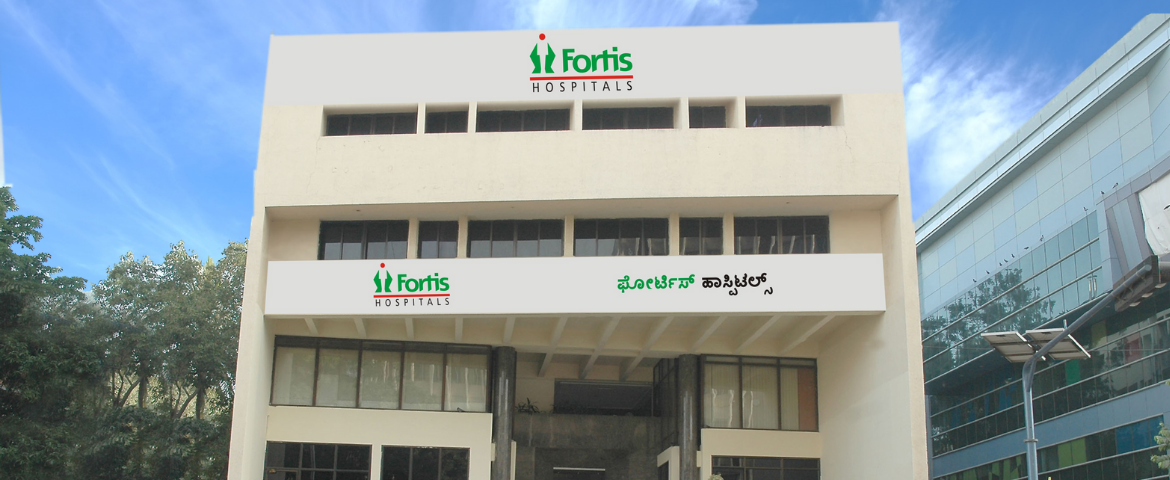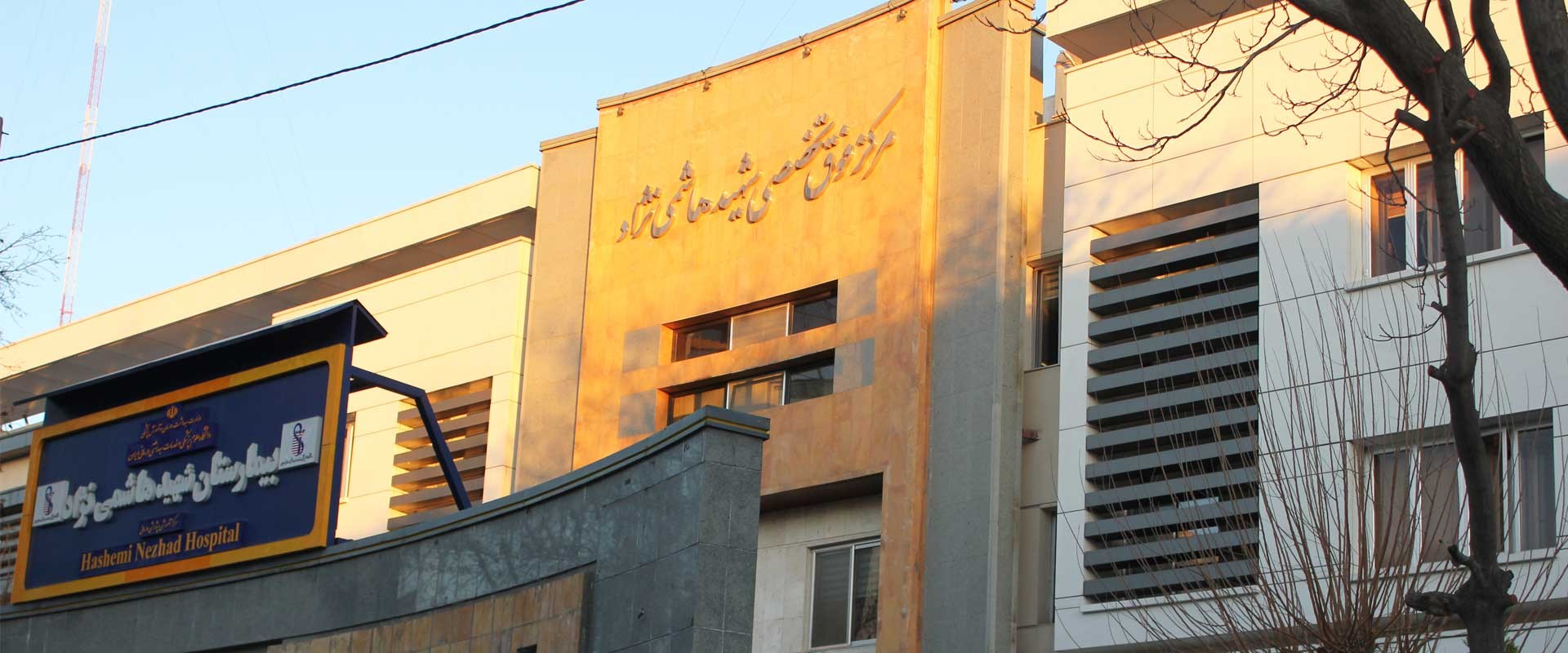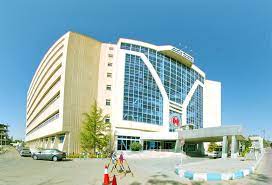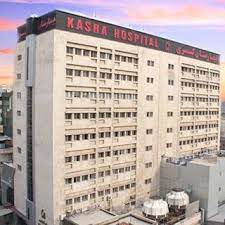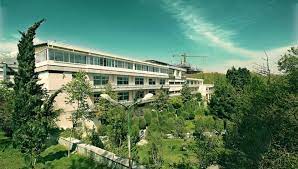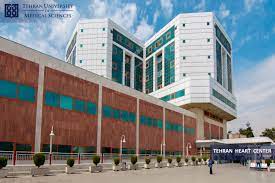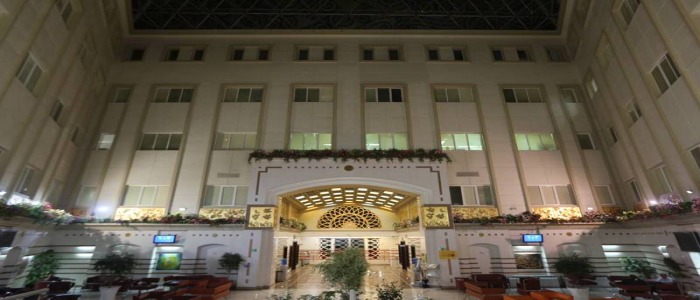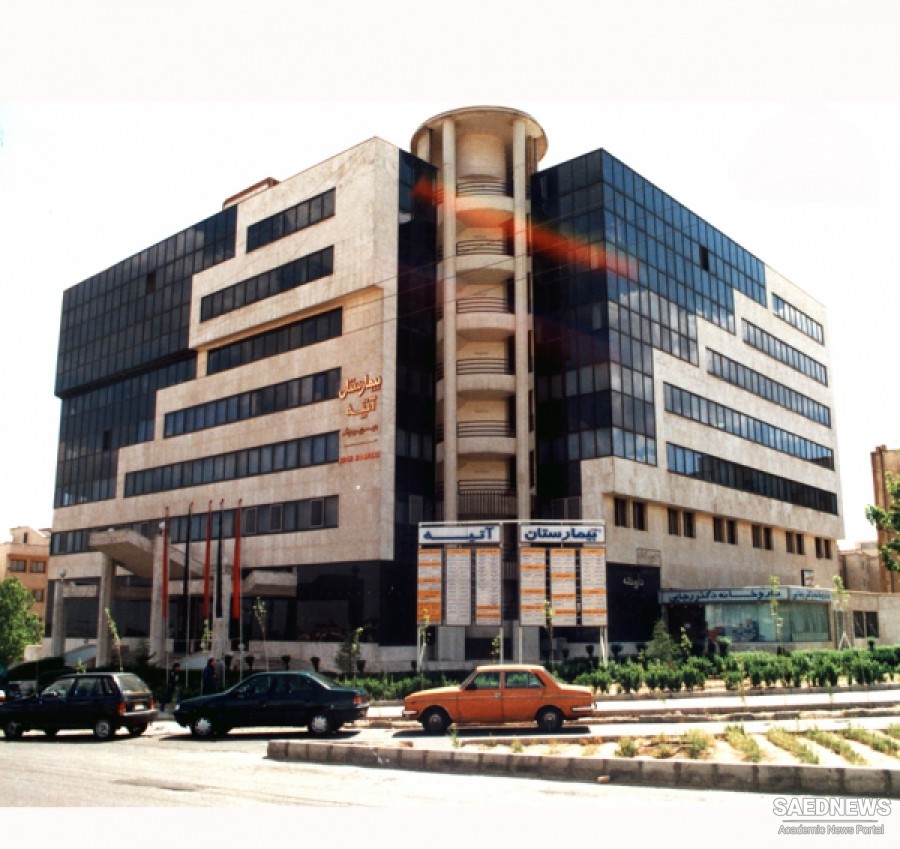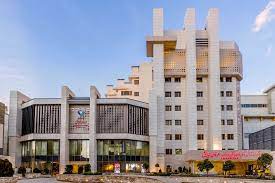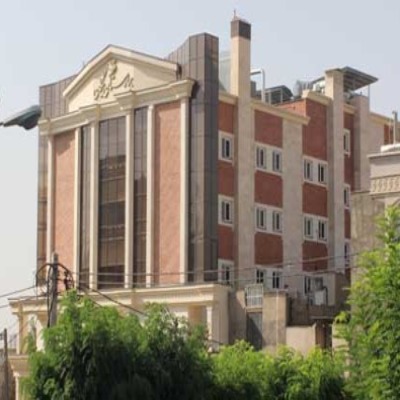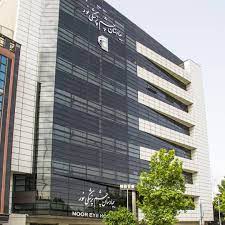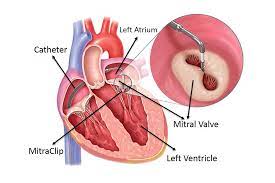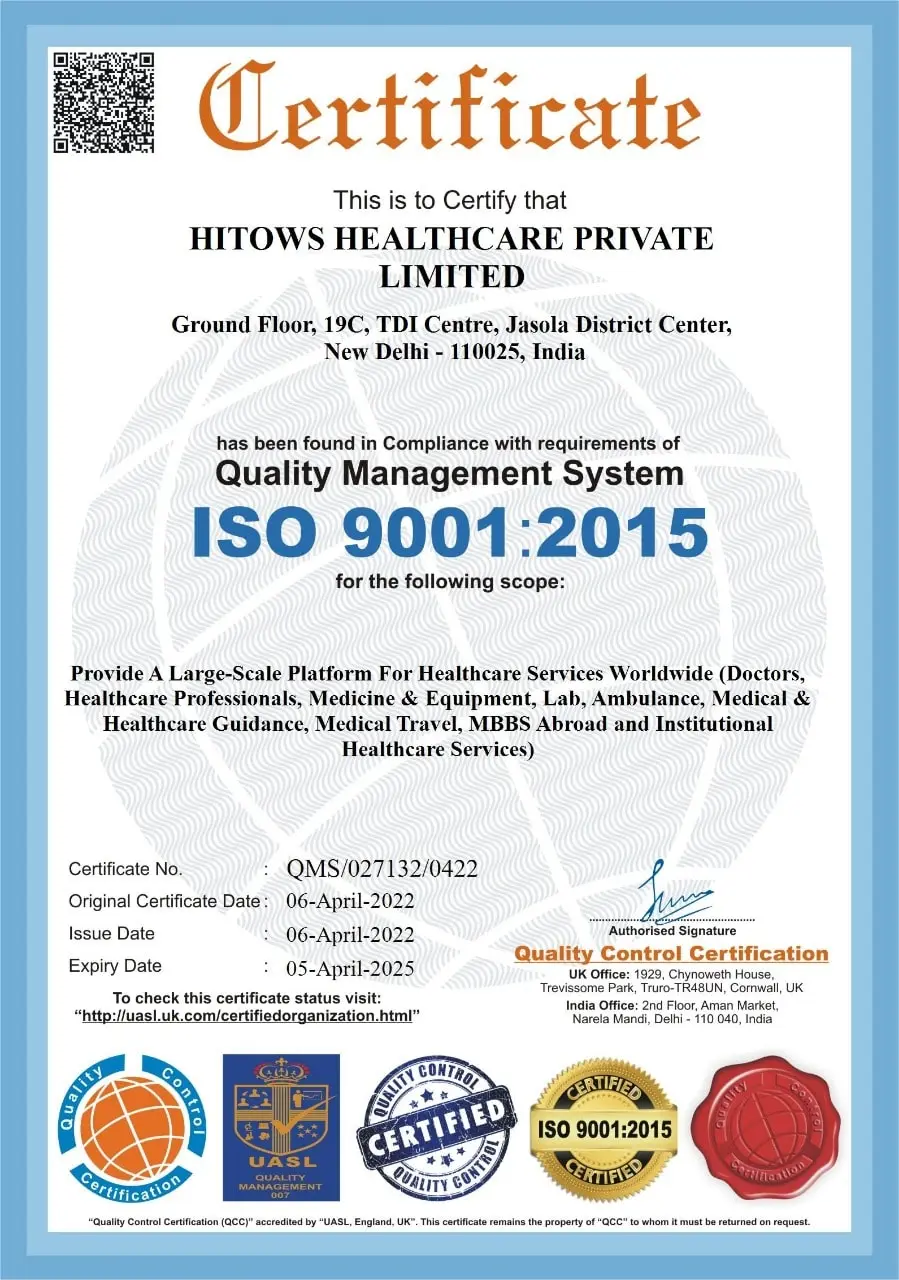Valve Repair Surgery cost in Iran
Valve Repair Surgery
Congenital valve defects, or birth defects, may typically be repaired, and valve repair has a strong track record of treating mitral valve defects.
Surgeons may perform the following techniques to fix a valve:
1. Narrowed valves, when the leaflets are swollen and maybe adhered to one another, are treated with commissurotomy. By making cuts at the intersections of the leaflets, the surgeon opens the valve.
2. A valvuloplasty reinforces the leaflets to increase support and enable a tight closure of the valve. Surgeons affix a ring-shaped device around the exterior of the valve opening to provide this support.
3. A leaflet gets reshaped when a surgeon removes a portion of it. The valve will be able to close correctly after the leaflet is stitched back together.
4. Decalcification eliminates the accumulation of calcium in the leaflets. Following the calcium's removal, the leaflets can shut correctly.
5. Structural support repair involves shortening or replacing the chords that support the valves (these cords are called the papillary muscles and the chordae tendineae). The valve can close correctly when the cords are the required length. Using a tissue patch, the holes or tears in the leaflets are patched.
Procedure Description:
Valve Repair Surgery
Congenital valve defects, or birth defects, may typically be repaired, and valve repair has a strong track record of treating mitral valve defects.
Surgeons may perform the following techniques to fix a valve:
1. Narrowed valves, when the leaflets are swollen and maybe adhered to one another, are treated with commissurotomy. By making cuts at the intersections of the leaflets, the surgeon opens the valve.
2. A valvuloplasty reinforces the leaflets to increase support and enable a tight closure of the valve. Surgeons affix a ring-shaped device around the exterior of the valve opening to provide this support.
3. A leaflet gets reshaped when a surgeon removes a portion of it. The valve will be able to close correctly after the leaflet is stitched back together.
4. Decalcification eliminates the accumulation of calcium in the leaflets. Following the calcium's removal, the leaflets can shut correctly.
5. Structural support repair involves shortening or replacing the chords that support the valves (these cords are called the papillary muscles and the chordae tendineae). The valve can close correctly when the cords are the required length. Using a tissue patch, the holes or tears in the leaflets are patched.
Disease Overview:
Congenital heart defect
A congenital heart defect is an issue with the heart's structure that arises at birth. Certain congenital cardiac abnormalities in children are easily treated. Some congenital cardiac problems in children are more complicated and may need to be corrected over a number of years with multiple procedures.
Some children's congenital cardiac abnormalities are minor and do not require therapy. Other congenital cardiac problems in children are more complicated and may need many procedures over several years. Understanding your child's congenital heart problem will help you comprehend the situation and what to expect in the months and years ahead.
Disease Signs and Symptoms:
Congenital cardiac abnormalities that are serious are generally discovered immediately after birth or within the first few months of life. The following are possible signs and symptoms:
1- Skin that is pale grey or blue in hue (cyanosis)
2- Breathing quickly
3- Swelling in the legs, belly button, or eyelids
4- Shortness of breath during meals, resulting in inadequate weight gain
Congenital cardiac abnormalities that are less significant may not be detected until later in infancy. In older children, signs and symptoms of congenital cardiac abnormalities may include:
1- Getting out of breath easily during exercise or activity
2- Easily exhausted through physical exertion or exercise
3- Experiencing dizziness or fainting during physical activity
Hands, ankles, and feet swelling.
Disease Causes:
The majority of congenital heart abnormalities are caused by issues that arise during the development of the baby's heart before birth. Most congenital cardiac abnormalities have an unknown origin. Certain environmental and genetic risk factors, on the other hand, may have a role. They are as follows:
Rubella is a contagious disease that affect (German measles). Rubella can affect your baby's heart development if you get it while pregnant. Before you are pregnant, your doctor can check for immunity to this viral illness and vaccine you if you aren't.
Diabetes. By carefully regulating blood sugar levels before and during pregnancy, a woman who had diabetes before becoming pregnant can lower her risk of congenital heart abnormalities. Diabetes that develops during pregnancy (gestational diabetes) does not raise the chance of a heart abnormality in the newborn.
Medications. Certain drugs can cause birth problems, including congenital heart disorders, if used during pregnancy. Before attempting to conceive, give your doctor a thorough list of your drugs.
Thalidomide (Thalomid), angiotensin-converting enzyme (ACE) inhibitors, statins, the acne treatment isotretinoin (Absorica, Amnesteem, others), several epileptic medications, and some anxiety drugs are all known to raise the risk of congenital cardiac abnormalities.
Consumption of alcoholic beverages when pregnant. Consumption of alcoholic beverages during pregnancy raises the chance of congenital cardiac abnormalities.
Smoking. Quit smoking if you're a smoker. Smoking during pregnancy raises the likelihood of the baby developing a congenital heart condition.
Genetics and family history Congenital cardiac problems can run in families (i.e., they are inherited) and be linked to a genetic condition. Heart abnormalities are common in children who have an additional 21st chromosome (Down syndrome). Heart abnormalities can potentially be caused by a missing piece of genetic material (deletion) on chromosome 22.
Disease Diagnosis:
While the kid is still in the pregnancy, several congenital cardiac problems can be detected. A foetal ultrasound, a normal prenatal test used to monitor a baby's growth and development throughout pregnancy, can reveal signs of some cardiac problems.
If your kid seems blue, has abnormal growth, or your child's doctor hears an abnormal heart sound (murmur) while listening to your child's heart with a stethoscope after delivery, your child may have a congenital heart condition.
The majority of heart murmurs are benign, which means there is no heart defect present and the murmur is not harmful to your child's health. However, irregular blood flow to and from the heart can generate certain murmurs.
The following tests can be used to identify a congenital cardiac defect:
- Pulse oximetry is the measurement of oxygen saturation in the blood. This simple, noninvasive test determines how much oxygen is present in your child's blood. The amount of oxygen in your child's blood is measured by a sensor attached to his or her fingertip. A lack of oxygen might indicate that your child has a heart or lung condition.
- An EKG is a type of electrocardiogram (ECG or EKG). This noninvasive test monitors your child's heart's electrical activity. It can aid in the diagnosis of cardiac abnormalities or irregular heartbeats. On your baby's chest, sticky patches containing sensors (electrodes) are applied. The patches are connected to a computer through wires, which shows the results.
- Echocardiogram. An echocardiogram creates pictures of your or your child's heart in action using sound waves (ultrasound). The cardiac valves and heart muscle can be seen during an echocardiogram. A foetal echocardiography is an echocardiogram performed on a baby before birth.
- X-ray of the chest. A chest X-ray may be performed on your kid to see if the heart is enlarged or if the lungs contain excess blood or other fluid. These symptoms might indicate cardiac failure.
- Catheterization of the heart. A thin, flexible tube (catheter) is placed into a blood artery in the groyne area and directed to the heart during this examination. Catheterization can provide more specific information on heart function and blood flow to your child's doctor. During cardiac catheterization, several heart therapies are possible.
- Magnetic resonance imaging of the heart (MRI). The use of a cardiac MRI to diagnose and assess congenital heart abnormalities in adolescents and adults is becoming more widespread. A heart MRI provides three-dimensional images of the heart, allowing for precise measuring of the chambers.
Disease Treatment:
Treatment for congenital heart problems in children is determined by the kind of heart defect and its severity. A congenital cardiac abnormality may have no long-term consequences for your child's health and can thus be left untreated. Small holes, for example, may seal as your child grows older. Serious cardiac problems must be treated as soon as possible when they are discovered. Medication, cardiac surgeries, or a heart transplant may be used to treat the condition.
Medications: Medications can be used alone or in combination with a cardiac treatment to treat symptoms or consequences of a congenital heart problem. The following medications are used to treat congenital cardiac defects:
Medications for high blood pressure. Angiotensin-converting enzyme (ACE) inhibitors, angiotensin II receptor blockers (ARBs), and beta blockers are only a few examples.
Diuretics. This type of drug lowers the quantity of fluid in the body, easing the pressure on the heart.
Medications that help with heart rhythm. Anti-arrhythmic drugs assist to manage an irregular heartbeat (arrhythmia).
Surgical or non-surgical techniques
A cardiac treatment or surgery may be needed if your kid has a serious congenital heart problem. The following techniques and surgeries are used to address congenital cardiac defects:
Cardiac intervention in the foetus If a significant flaw is discovered before birth, there is a chance that a surgery can be performed during pregnancy to fix the condition or assist lessen the defect's complications as the child develops. Fetal cardiac intervention is a rare occurrence that occurs only in extremely limited conditions.
Catheterization of the heart. Congenital heart abnormalities are treated in some children and adults using thin, flexible tubes (catheters). Without open-heart surgery, cardiac catheterization can be performed to repair holes in the heart or narrowing regions.
A doctor inserts one or more catheters into a blood artery, usually in the groyne, and into the heart during cardiac catheterization. To fix the defect, tiny instruments are passed via the catheter to the heart. Some catheter operations must be performed in stages over several years.
Surgery on the heart is performed. To correct a congenital heart abnormality, your kid may require open-heart surgery or minimally invasive heart surgery.
A heart transplant is a procedure in which a person' A heart transplant may be required if a major cardiac defect cannot be fixed.
Country wise cost comparison for Valve Repair Surgery:
| Country | Cost |
|---|---|
| India | $4140 |
| Iran | $3348 |
Treatment and Cost
11
Total Days
In Country
- 3 Day in Hospital
- 2 No. Travelers
- 8 Days Outside Hospital
Treatment cost starts from
$3396
Popular Hospital & Clinic
Featured Hospital
10 Hospitals
Types of Valve Repair Surgery in Hasheminejad Kidney Center (HKC) Tehran, Iran and its associated cost
| Treatment Option | Approximate Cost Range (USD) |
|---|---|
| No Treatment option added | |
- Address: Tehran Province, Tehran, Vali Asr Street, Vanak Square, Higher, Iran, 14713
- Facilities related to Hasheminejad Kidney Center (HKC) Tehran, Iran: Private Rooms, Translator, Nursery / Nanny Services, Personal Assistance / Concierge, Free Wifi, International Cuisine, Phone in Room, Private Driver / Limousine Services, Post operative follow-up, Mobility Accessible Rooms, Rehabilitation, Cafe, TV in room, Car Hire, Health Insurance Coordination
5
DOCTORS IN 7 SPECIALITIES
20+
FACILITIES & AMENITIES
Types of Valve Repair Surgery in Kowsar Heart Hospital Shiraz, Iran and its associated cost
| Treatment Option | Approximate Cost Range (USD) |
|---|---|
| No Treatment option added | |
- Address: Kowsar Hospital, Fars Province, Shiraz, West Ghasr Dasht St. (Mirzaye Shirazi), IRAN
- Facilities related to Kowsar Heart Hospital Shiraz, Iran: • Tubal Ligation • Ovarycystectomy • Myomectomy • Total vaginal hysterectomy • Total Abdominal Hysterectomy • Bilateral Salpingo-oophorectomy
0
DOCTORS IN 7 SPECIALITIES
20+
FACILITIES & AMENITIES
Types of Valve Repair Surgery in Kasra Hospital Tehran, Iran and its associated cost
| Treatment Option | Approximate Cost Range (USD) |
|---|---|
| No Treatment option added | |
- Address: No. 23, Alvand St. Argentina Sq. Tehran, Iran
- Facilities related to Kasra Hospital Tehran, Iran: Free Wifi, Health insurance coordination, Interpreter services, Local transportation, booking Medical records transfer, Medical travel insurance, Mobility accessible rooms, Parking available, Pharmacy, Phone in the room, Private rooms for patients, Rehabilitation, Religious facilities, Safe in the room, Special dietary requests, accepted Translation services, TV in the room.
6
DOCTORS IN 7 SPECIALITIES
20+
FACILITIES & AMENITIES
Types of Valve Repair Surgery in Shaheed Rajaie Cardiovascular, Medical & Research Centre and its associated cost
| Treatment Option | Approximate Cost Range (USD) |
|---|---|
| No Treatment option added | |
- Address: Shaheed Rajaie Cardiovascular Medical and Research Center , Valiasr Ave Niayesh Intersection , Tehran, Iran Postal code:1995614331
- Facilities related to Shaheed Rajaie Cardiovascular, Medical & Research Centre: Private Rooms, Translator, Nursery / Nanny Services, Personal Assistance / Concierge, Free Wifi, International Cuisine, Phone in Room, Private Driver / Limousine Services, Post operative follow-up, Mobility Accessible Rooms, Rehabilitation, Cafe, TV in room, Car Hire, Health Insurance Coordination
0
DOCTORS IN 7 SPECIALITIES
20+
FACILITIES & AMENITIES
Types of Valve Repair Surgery in Tehran Heart Center Tehran, Iran and its associated cost
| Treatment Option | Approximate Cost Range (USD) |
|---|---|
| No Treatment option added | |
- Address: North Kargar-Ave , Tehran-Iran
- Facilities related to Tehran Heart Center Tehran, Iran: Private Rooms, Translator, Nursery / Nanny Services, Personal Assistance / Concierge, Free Wifi, International Cuisine, Phone in Room, Private Driver / Limousine Services, Post operative follow-up, Mobility Accessible Rooms, Rehabilitation, Cafe, TV in room, Car Hire, Health Insurance Coordination
7
DOCTORS IN 7 SPECIALITIES
20+
FACILITIES & AMENITIES
Types of Valve Repair Surgery in Bahman Hospital Tehran, Iran and its associated cost
| Treatment Option | Approximate Cost Range (USD) |
|---|---|
| No Treatment option added | |
- Address: Tehran, Shahrek Gharb, Iran Zemin North St.
- Facilities related to Bahman Hospital Tehran, Iran: • High-speed internet service • Pharmacy • Taxi service • VIP rooms,
6
DOCTORS IN 7 SPECIALITIES
20+
FACILITIES & AMENITIES
Types of Valve Repair Surgery in Atieh Hospital Tehran, Iran and its associated cost
| Treatment Option | Approximate Cost Range (USD) |
|---|---|
| No Treatment option added | |
- Address: Farahzadi Blv, Shahrak Ghods, Tehran, Iran
- Facilities related to Atieh Hospital Tehran, Iran: Free Wifi, Private Room, TV in the Patient Room, Phone in the Patient Room, Laundry, Dry-Cleaning, Pray Room, Cafeteria, Order Food, Submit Medical Record, Free Medical Advice, Pharmacy, Provide Official Billing. Translation Services, Currency Exchange, Car Rental,
6
DOCTORS IN 7 SPECIALITIES
20+
FACILITIES & AMENITIES
Types of Valve Repair Surgery in Erfan Hospital Tehran, Iran and its associated cost
| Treatment Option | Approximate Cost Range (USD) |
|---|---|
| No Treatment option added | |
- Address: Erfan Hospital, Shahid Riazi Bakhshayesh St. Between Shahrdari Blvd. and Sarv Intersection Saadat Abad, Iran
- Facilities related to Erfan Hospital Tehran, Iran: Medical records transfer, Rehabilitation, Airport pickup, Hotel booking, Special offer for group stays, Free Wifi, Phone in the room, TV in the room, Special dietary requests accepted, Private rooms for patients available, Pharmacy, Laundry, Mobility accessible rooms, Online doctor consultation, Medical travel insurance, Translation services, Interpreter services, Car hire, Local transportation booking, Flight booking, Local tourism options, Family accommodation, Visa / Travel office, Religious facilities, Nursery / Nanny services, Dry cleaning, Entertainment options, International newspapers, Personal assistance / Concierge, Health insurance coordination, Spa and wellness, Restaurant,
7
DOCTORS IN 7 SPECIALITIES
20+
FACILITIES & AMENITIES
Types of Valve Repair Surgery in Nikan Hospital Tehran, Iran and its associated cost
| Treatment Option | Approximate Cost Range (USD) |
|---|---|
| No Treatment option added | |
- Address: No.6 - 22 Bahman st. - Araj enterance - Artesh Hwy. - Aghdasyeh - Tehran - Iran
- Facilities related to Nikan Hospital Tehran, Iran: Ambulance, Open 24 Hours, Wheelchair Accessibility, Phone, Pharmacy, ATM, Private Nursing, Safebox, English Translator,
6
DOCTORS IN 7 SPECIALITIES
20+
FACILITIES & AMENITIES
Types of Valve Repair Surgery in Noor Eye Hospital Tehran, Iran and its associated cost
| Treatment Option | Approximate Cost Range (USD) |
|---|---|
| No Treatment option added | |
- Address: 96, Esfandiar Blvd, Valiasr St.
- Facilities related to Noor Eye Hospital Tehran, Iran: Ambulance, Open 24 Hours, Wheelchair Accessibility, Phone, Pharmacy, ATM, Private Nursing, Safebox,, English Translator, Arabic Translator, Cafe, Restaurant, TV, WiFi,
6
DOCTORS IN 7 SPECIALITIES
20+
FACILITIES & AMENITIES

